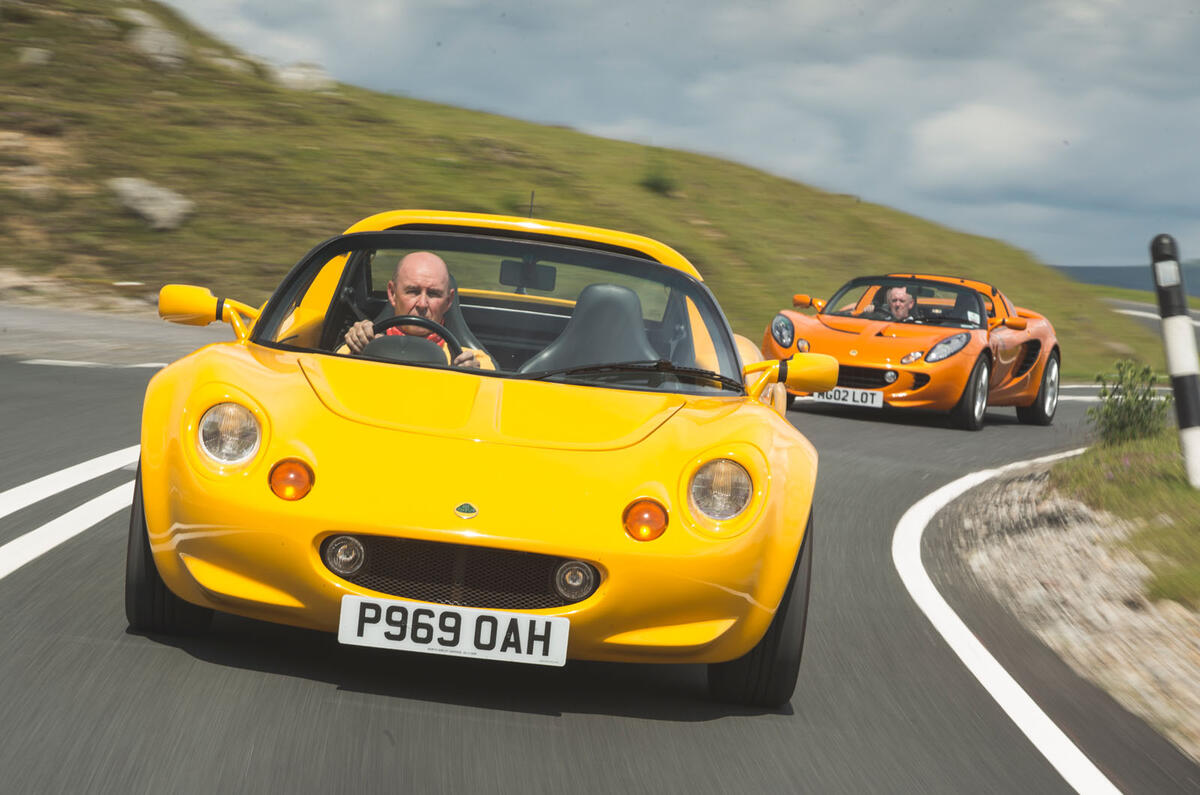From the colours of our front doors to how we dress every day, it seems we're predisposed to expressing our personalities by any means possible. And it’s no different with cars: for almost as long as they’ve been around, we’ve been fettling them to suit our wants and needs.
Indeed, the culture of custom paintwork, bigger wheels and even conversions to completely bespoke bodies can be traced back to the aristocracy of the early 20th century.
Things have, of course, moved on since then. Hot-rodding in the US’s Prohibition era brought some of the first significant performance upgrades, then the Mini and Volkswagen Beetle boom during the '60s and '70s brought radical rebodying to the fore.
Turbo fever swept the nation in the '80s, then the '90s put modding in the public eye.
Today, custom cars are as popular as they’ve ever been, despite public scrutiny and police crackdowns.
Head to any major industrial estate on a Friday night and you will doubtless come across a pack of tuned Audi S3, BMW 1 Series and Volkswagen Golf R hot hatches.
Alternatively, set course for your local off-road track and find out what a 4x4 can do when it’s not bound by driving nicely on the road, with outlandish takes on classic Land Rovers and Suzuki Jimnys galore.
This is all to say that there’s plenty of metal out there that’s ripe for modifying.
Whereas other publications might cover all the clichéed stuff you’ve probably seen done hundreds of times over (Ford Fiestas, Honda Civics and Toyota Supras, for instance), we prefer to take a more holistic view, shining a light on some tuner heroes that might not have had their day in the spotlight just yet. Welcome to our guide.
The first car ever road tested by Autocar (in Gordon England Sunshine Saloon guise, we’ll have you know) wasn’t just responsible for getting Britain motoring but also for platforming many of the world’s greatest modern marques.
It's quite obviously far behind today’s city cars on performance, let alone anything sporty. But viewed with a creative eye, that’s a virtue. Its rudimentary mechanicals and body-on-frame construction make it incredibly easy to turn into all manner of machines, ranging from svelte convertibles to V8-swapped hot rods and practical vans.
Among its most famous proprietors is Lotus founder Colin Chapman, who used it as a basis for his first four competition cars. His first track car, the Mk3, was built for the 750 Formula series, which still runs as the Historic 750 Formula today. Our own Matt Prior recently had a go in two of its racers, calling them a “total joy”.
Sevens are much cheaper than you might expect for an antique. Complete cars can be bought for around £5000 and rolling chassis with V5 documents are cheaper still. That leaves plenty of money in the kitty for a total overhaul.







Join the debate
Add your comment
thanks
I appreciate how intuitive the gameplay is Pips . You can jump in without reading long instructions, yet the challenge ramps up fast. It’s ideal for both casual players and puzzle game veterans.
Really great blog sharing with lots of impressive sports knowledge. Many attractive cars with impressive breakaway geometry dash lite speed.